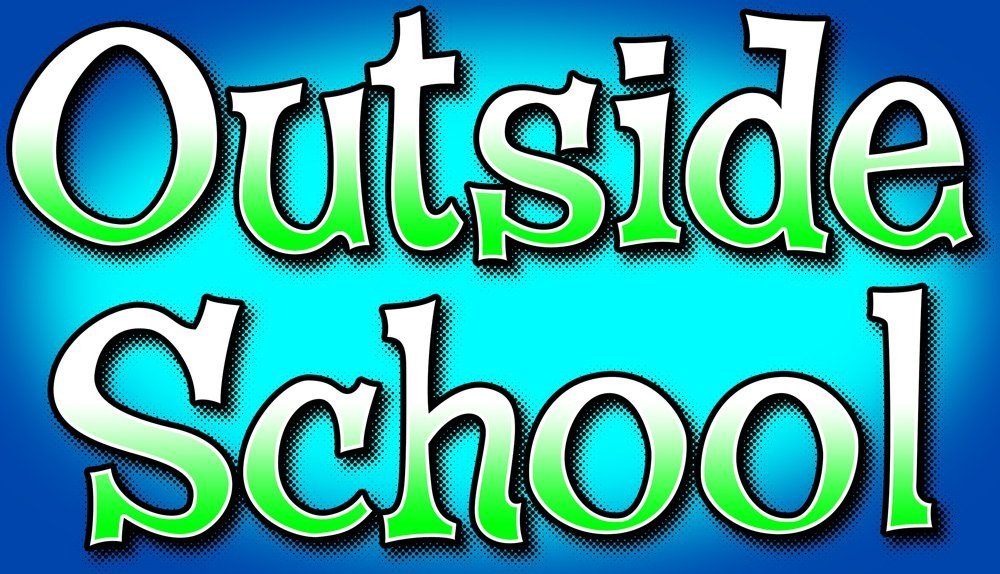Outdoor and Environmental Education
I taught this class at Contra Costa College's Week of the Young Child Conference (Theme: Movement) on April 17, 2010 alongside my coworker, Sinian, and mentee, Betty.
Peace
Materials
Whatever is on hand that has been collected at work for/with the children. Today, this included:
Acorns
Books for Reference
Container Lids
Eucalyptus Leaves
Glass Candle Holders
Grass, Reed, and Rush Cuttings, Bundles Tied With String
Grocery Bags
Newspapers
Rocks
Sticks, Bundles Tied With String
Teach Outside Bumper Stickers
Tree Bark
Twist Ties
Yogurt Containers
A house was created by materials brought onto campus. Swing set included!
Art- creating with natural materials
Dramatic Play/Social Studies- human habitats
Math- logic, reasoning, working in three dimensions
Physical Development- balancing, climbing, kneeling, stacking
Science- physics
methods
Conference Agenda:
8:00-8:30
Registration
8:30-9:30
Movin' & Groovin' with Vicki Carr-Lee
9:45-11:00
Workshops
11:15-12:00
Childhood Obesity Prevention
12:00-12:30
Closing Session
Outdoor and Environmental Education Agenda
9:45-9:50
Heather (Duck's Nest Preschool Garden Teacher)
-10K steps a day, work whole body without thinking about it
-meditative
-unlock the potential of the world around you
Putting the final touches on my roly-poly corral.
Physical Development- kneeling, gathering, grasping, placing, pulling
Science- caring for animals, ecology, zoology
9:50-9:55
Betty (Contra Costa County Child Care)
-sensory- manipulate small objects for fine motor development
-the way the body interacts with the environment and its calming effects
9:55-10:00
Sinian (Duck's Nest Preschool Pre-K Teacher)
-sprouting your mind and being aware of your surroundings
-seeing nature as a supply; what does nature provide?
-aesthetic awareness
Using large pebbles to create a symbol.
Art/Language- symbolism
Physical Development- lifting, placing, stacking
Science- geology
10:00-10:45
Assignment
-go for a walk in small groups, see the potential of what is around you,
-list activities you think of
-create something
(Show materials present and instruct students (mostly current teachers) that they are to use if they'll add to their creations.)
(After several minutes, the instructors will walk out to meet with groups and scaffold their learning.)
Searching...
10:45-11:00
End
-tour of creations
Sticks and flowers are used to create a natural centerpiece for a table.
Art- aesthetic appeal, assemblages, using natural materials
Physical Development- gathering, picking, standing objects upright
Science- botany, nutrition
Social Development- celebrations, dining together, working together
Assemblage of flowers, leaves, and sticks. This was the second use of the same materials. The first time around, the students (teachers) created a grid and placed different types of leaves and flowers within the squares.
Art- placement of natural objects
Math- comparing and contrasting, organizing
Physical Development- gathering, picking, placing, walking
Science- biology, botany, taxonomy
These natural objects were turned into a stunning basket that could be lifted by using the handle of braided grasses.
Art- placement of natural objects, making tools
Math- problem-solving
Physical Development- braiding, gathering, lifting, picking, placing, walking, weaving
Science- botany
Assemblage of discarded materials. We talked about the native Contra Costa Collegians, and how their diet includes much junk food and gum, and how they smoke a lot.
Art- placement of found objects
Language- discussion of meaning of materials
Physical Development- gathering, picking, placing, walking
Science- anthropology, reuse
These people were in a plane that dropped! They had to create this house to live in, and it has a driveway to get to it!
Art- creating with natural materials
Dramatic Play/Social Studies- human habitats
Language- storytelling
Math- geometry
Physical Development- balancing, building, gathering, placing, stacking
This group created many small decorations. In this case, they had started out by gathering natural materials, walking along until they found this stump. They decided it looked like they could decorate this dead thing with their objects of beauty.
Art- creating with natural materials, aesthetic values
Math- spiral shapes
Physical Development- balancing, picking, stacking, walking
Science- life cycles
This is the group's second artwork. They noticed that this tree was not offering many signs of life, so decided to create a small bouquet for it.
Art- creating with natural materials, aesthetic values
Physical Development- balancing, gathering, picking, stacking, walking
Science- botany, life cycles
Social Development- caring for others
The group's third artwork involved weaving fresh juniper branches through a cyclone fence and placing flowers at regular intervals. They noted that the juniper should last a long time.
Art- beautifying the urban environment, creating with natural materials, aesthetic values
Math- patterns
Physical Development- gathering, weaving
Science- botany, life cycles
This is the group's last artwork. Interacting with things found in the environment, they placed a dead flower stalk onto a large, round concrete thing, and made eyes with bottle caps, cigarette butts, a seed, and a hair band in the yin and yang symbol.
Art- creating with what is at hand
Physical Development- collecting, placing, walking
Science- anthropology, botany, life cycles
A diseased oak tree offers raw materials. This group of students were inspired to cover graffiti on the tree and began with a piece of gum to stick leaves over the graffiti. From there, they created a wreath from dry weeds, and envisioned this drooping artwork. How will students coming out of the Physical Sciences building feel as they see this work as they exit their building on Monday morning?
Art- aesthetic appreciation, natural materials
Physical Development- bending, entwining, reaching, picking, wrapping
Science- biology, botany, ecology, life cycles
Social Development- community service, teamwork
Everyone seemed to have a good time, lots of sociability, and worked up a sweat walking around, visiting everyone's projects!
By Heather Taylor, teachoutside@gmail.com. You are welcome to share all materials with credit to her.


























